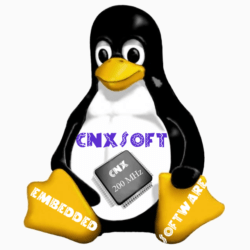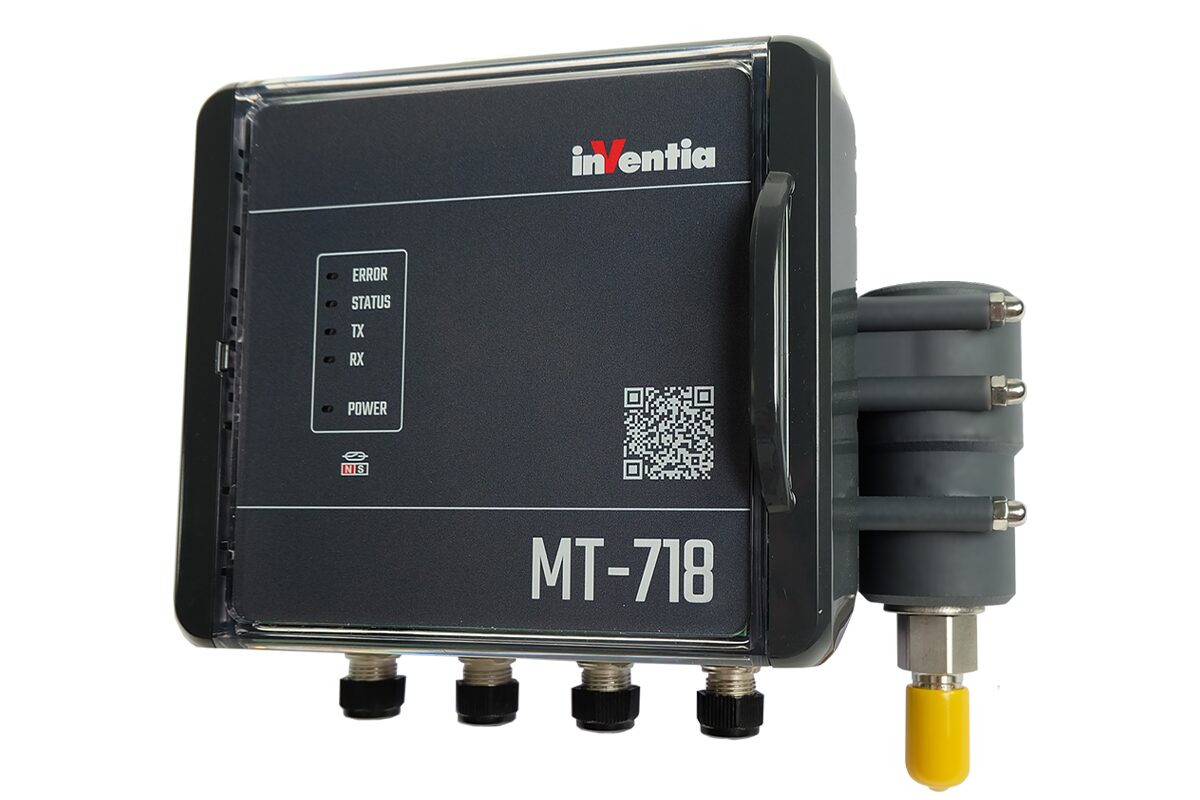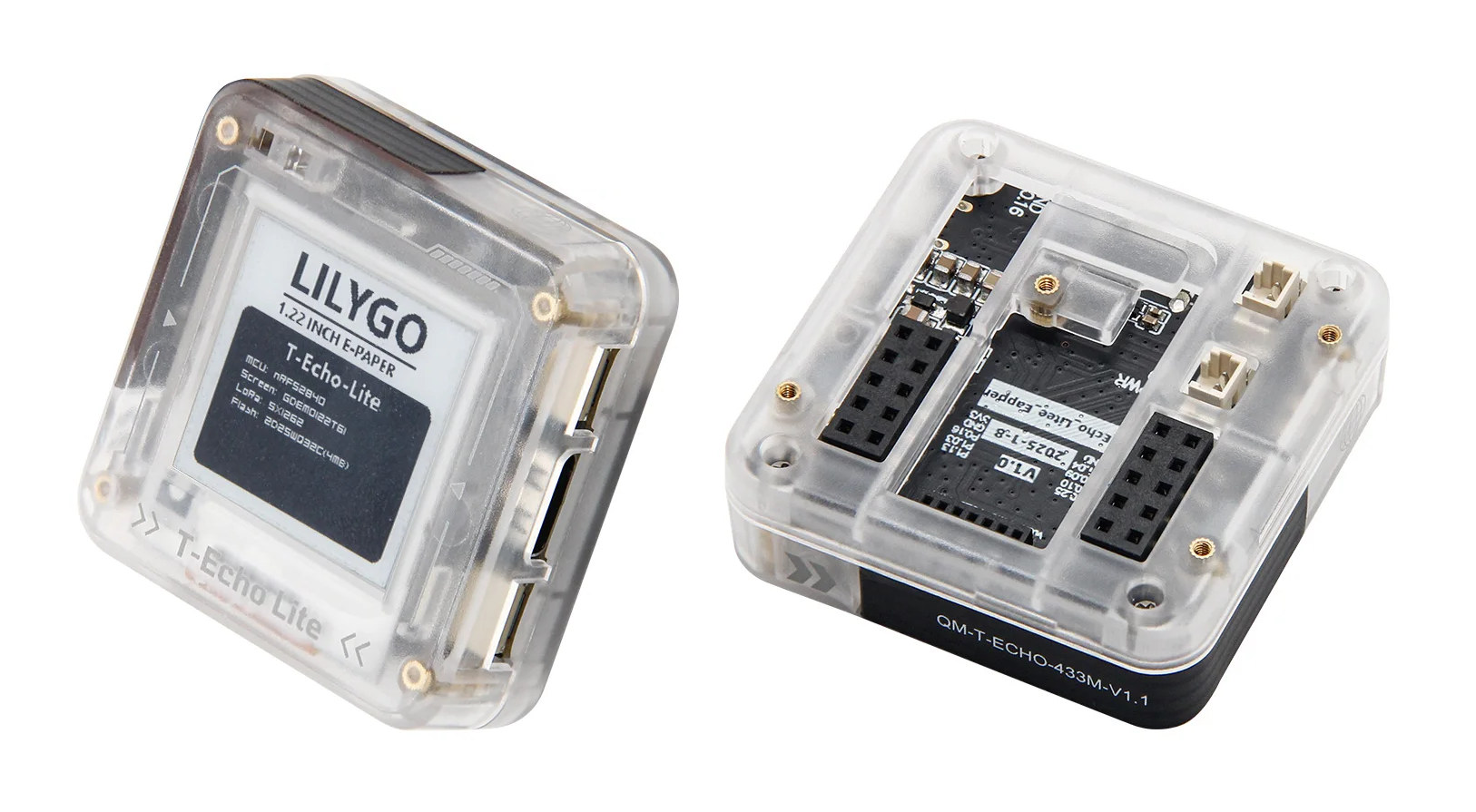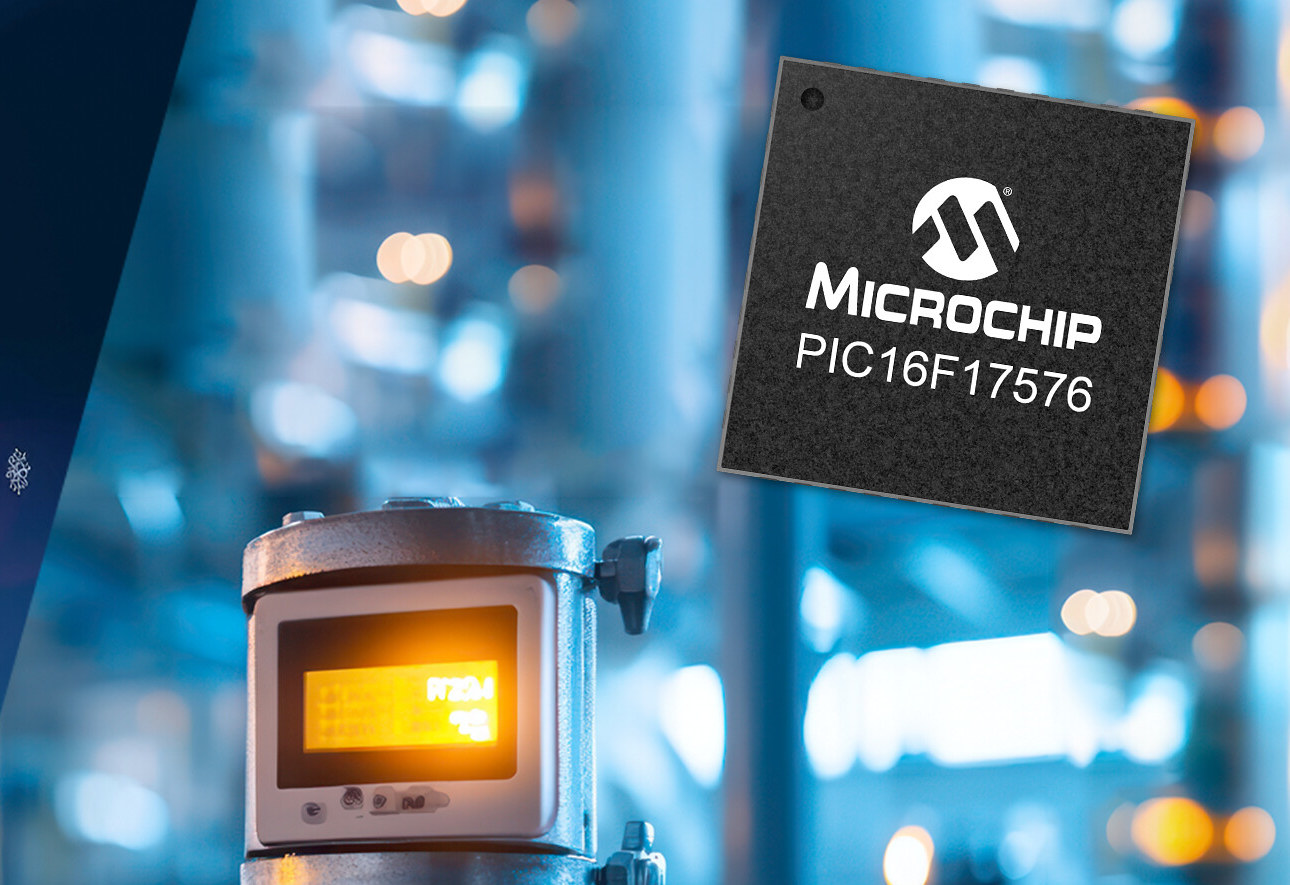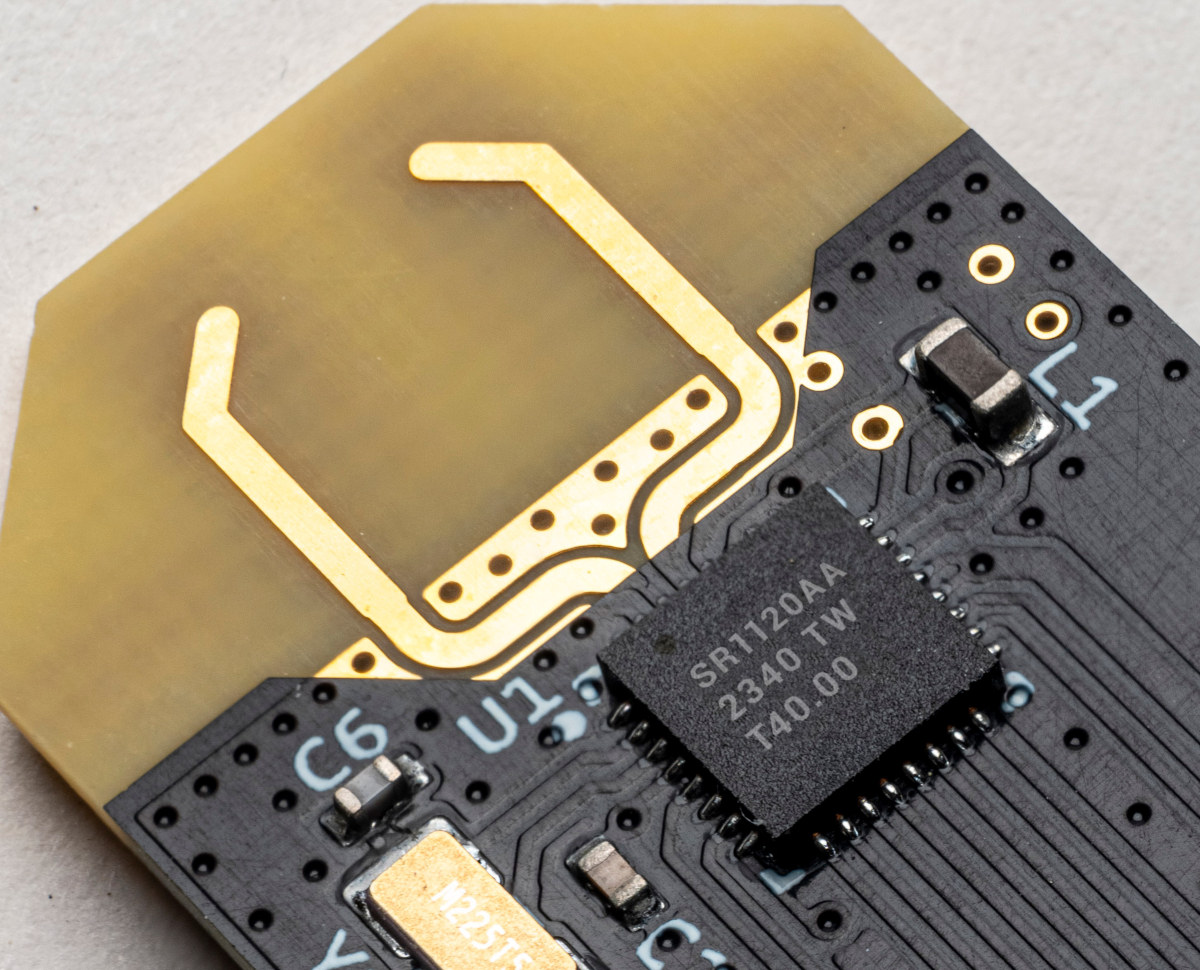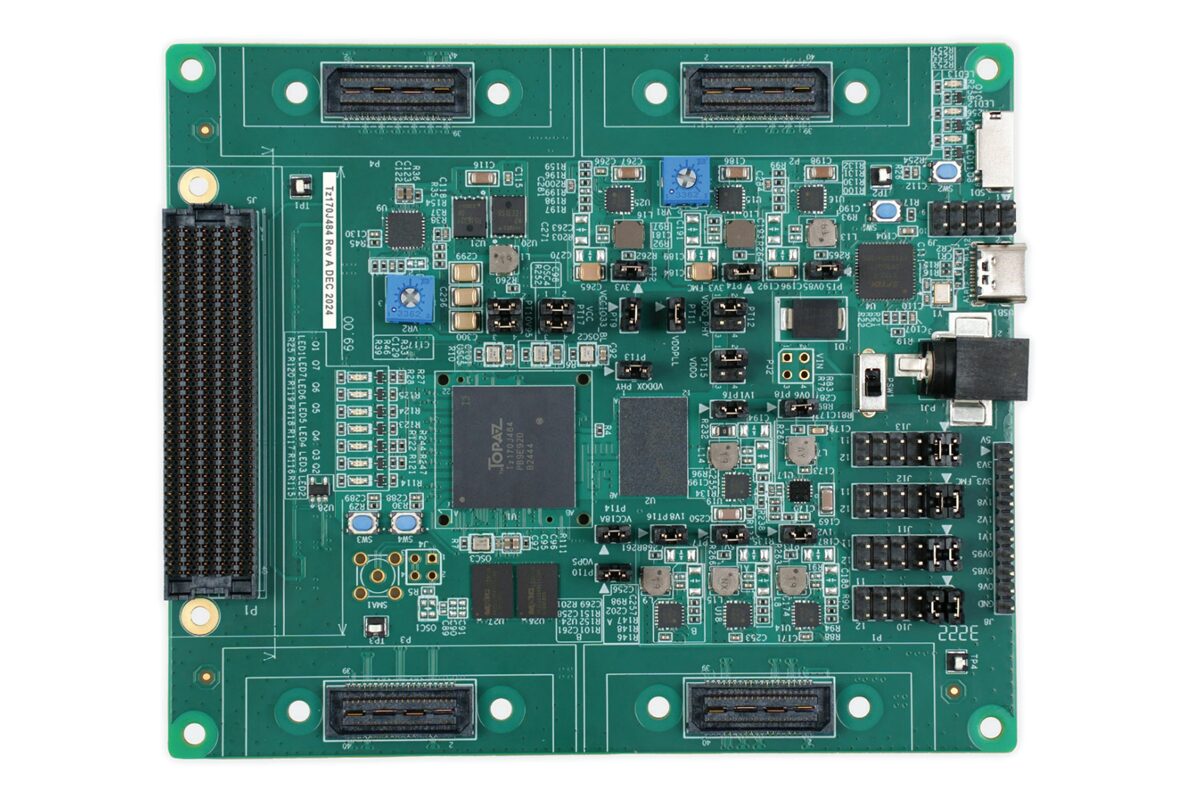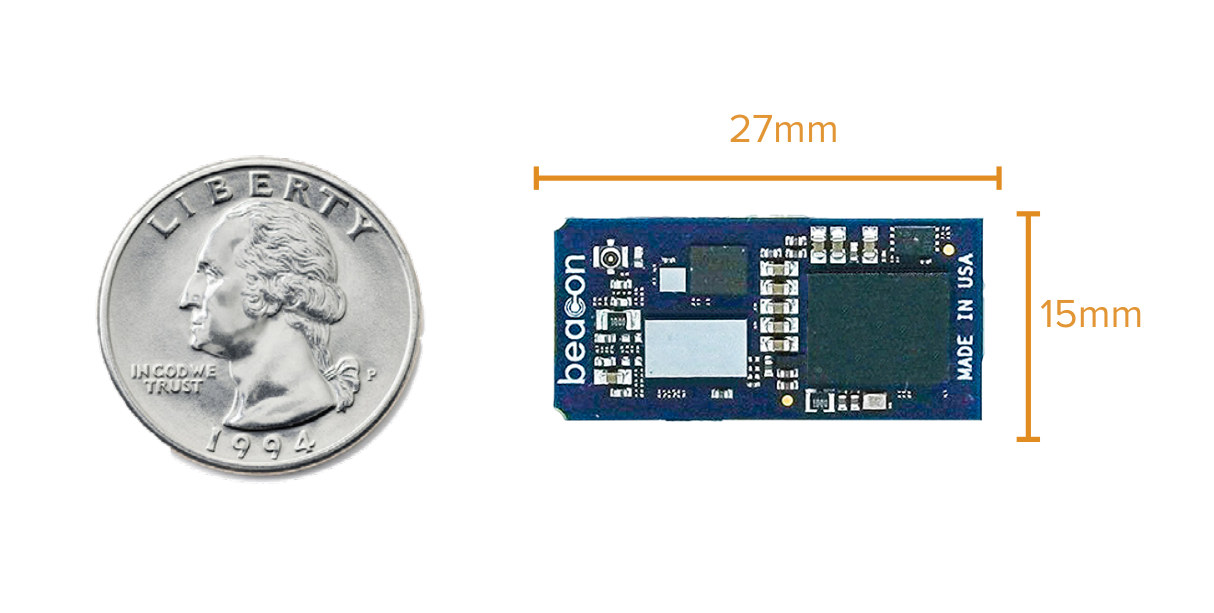Inventia MT-718 PS is a compact, battery-powered industrial telemetry logger designed for monitoring, logging, and data transmission in industrial and environmental applications, especially in areas where grid power supply and access to infrastructure are limited. It supports 2G/4G LTE Cat 1 or NB-IoT/LTE Cat M1 (eMTC) connectivity, and comes with an IP68-rated waterproof housing, allowing operation under 2 meters of water for up to 24 hours. Key features include five binary/counter inputs, two analog inputs (0–5V with 4–20mA conversion option), and built-in pressure (0–10 bar), temperature, and humidity sensors, as well as RS-485 with Modbus RTU support. The logger also features two digital outputs, can store up to 60,000 records at 1-second intervals, offers an optional OLED display, and supports OTA firmware updates. It is powered by replaceable alkaline or lithium batteries for long-term, maintenance-free operation and includes tamper detection via a lid sensor. The MT-718 OS can be used […]
Air Lab is a portable Wi-Fi & Bluetooth LE air quality monitor with an e-paper touchscreen display (Crowdfunding)
Networked Artifacts’ Air Lab is a portable air quality monitor based on ESP32-S3 Wi-Fi & Bluetooth LE wireless SoC, equipped with an e-paper touchscreen display, and plenty of sensors to measure CO2, temperature, relative humidity, air pollutants (VOC, NOx), and atmospheric pressure. The Air Lab ships with a rechargeable 1,500 mAh battery that will be good for about 21 days on a charge in passive mode (taking measurements every minute), and you can also power it over its USB-C ports. It includes a debug port for people wanting to change the firmware, and a GPIO header to connect additional sensors if required. Data can be visualized on the e-paper display or transmitted over BLE or MQTT for integration with Home Assistant. The company also provides a CSV export function and a web-based dashboard for data visualization. Air Lab specifications: Main module – ESP32-S3 module with PCB antenna for 2.4GHz WiFi […]
LILYGO T-Echo Lite – A 1.22-inch e-Paper display board with nRF52840 SoC, LoRa transceiver, GPS
LILYGO T-Echo Lite is a small Nordic Semi nRF52840 board with a 1.22-inch e-Paper display, a Semtech SX1262 LoRa transceiver, and an L76K GPS module, that’s especially suitable for Meshtastic off-grid messaging firmware. It looks like it could even serve as the base for a Meshtastic watch. The T-Echo Lite is a lightweight version of the earlier T-Echo that ships with a larger 1.54-inch e-paper display. Three Lite versions are available: T-Echo Lite Core – Castellated module with nRF52840, LoRa, power, and battery management T-Echo Lite Base – A breakout board for the Core module with battery and solar panel connectors, Qwiic connector, USB port, an interface for a 1.22-inch e-paper display, and an optional GPS expansion header T-Echo Lite Main Unit – Complete solution built around the Base version, a 1.22-inch e-paper display, and an acrylic enclosure. The L76K GPS module is still an option. T-Echo Lite specifications: LILYGO […]
Microchip launches low-cost, low-power PIC16F17576 8-bit microcontrollers for analog sensors
Microchip PIC16F17576 8-bit MCUs are designed for low-cost and low-power analog sensors. They integrate a low-power comparator and voltage reference combination that can operate while the MCU core is in sleep mode, consuming less than 3.0 µA of current during analog measurements. The PIC16F17576 microcontrollers are equipped with up to four operational amplifiers (op amps) with software-controlled gain ladders, and a 12-bit differential ADC with automated averaging. Key applications include vibration and strain measurement, flow metering, gas detection, cold asset tracking, and motion sensing. PIC16F17576 specifications: Core – C Compiler Optimized RISC Architecture @ 32 MHz Memory and Storage Up to 2 KB of data SRAM Up to 28 KB of program flash memory Up to 256 bytes of data EEPROM memory Programmable code protection and write protection Digital Peripherals 2x Capture/Compare/PWM (CCP) Modules (16-bit resolution for Capture/Compare modes; 10-bit resolution for PWM mode) 2x 16-bit PWM 4x Configurable Logic […]
SPARK Microsystems SR1120 UWB ultra-low-power transceiver delivers up to 41 Mbps throughput
SPARK Microsystems SR1120 is the company’s second-generation ultra-wideband (UWB) wireless transceiver capable of up to 41 Mbps throughput at ultra-low power and up to 100 times lower power ranging than UWB competitors. The Canadian company also highlights the outperformance of their UWB solution over Bluetooth with the new SR1120 offering 40 times higher data rates than Bluetooth chips, while consuming 25 times less power than Bluetooth and offering 60 times lower latency. However, readers should note that Bluetooth LE is supposed to support up to 2 Mbps, so it should (only) be up to about 20 times faster, and Bluetooth HDT is coming soon with data rates of up to 7.5 Mbps to further narrow the gap. SPARK SR1120 key features and specifications: Compliant with the upcoming IEEE 802.15.4ab low-energy UWB PHY standard Dynamically reconfigurable UWB spectrum 6.2–9.5 GHz band Up to 3 dBm TX power RX sensitivity of -81 […]
Renesas RA0E2 low-cost, low-power Arm Cortex-M23 MCU operates in extended temperature range (-40°C to +125°C)
Renesas RA0E2 is a low-power, low-cost Arm Cortex-M23 microcontroller (MCU) Group part of the RA0 family introduced in 2024 that can operate in an extended temperature range (-40°C to +125°C) and offers a wide variety of peripheral functions and safety features. It follows the RA0E1 devices – the first member of the RA0 family – designed for consumer electronics, household appliances, power tools, industrial monitoring, and other applications, including battery-powered devices. The new RA0E2 MCUs offer both software and pin-to-pin compatibility (for 32-pin SKUs) with RA0E1 devices, but the new family adds more memory and storage with up to 16KB SRAM, 128KB code flash, and 2KB data flash. The RA0E2 also features more I/Os with 32-pin to 64-bit packages, instead of 16-pin to 32-pin packages. Renesas RA0E2 specifications: MCU Core – Arm Cortex-M23 Armv8-M Core up to 32MHz Memory and Storage 16KB SRAM Code Flash – Up to 128KB Data […]
Topaz Tz170b FPGA devkit features hardened LPDDR4 controller, hardened MIPI D-PHY up to 2 Gbps per lane
The Topaz Tz170b FPGA devkit from Efinix is a compact FPGA evaluation platform built around the Efinix Tz170 FPGA. This FPGA is built around a low-power, high-density 16 nm Quantum fabric and comes in a compact 484-ball FineLine BGA package. The company mentions that the board supports hardware-level MIPI D-PHY with data rates of up to 2 Gbps per lane and hardware-level LPDDR4 memory controller, making it ideal for high-speed embedded systems, vision processing, and custom SoC designs. Additionally, it includes 256 Mbit of LPDDR4 memory, dual SPI NOR flash memories, and high-speed QSE connectors for Efinix or custom daughter cards. Expansion is further enabled by a low-pin-count FMC connector, a microSD slot, user LEDs, and push buttons. Clock options include 33.33, 50, and 74.25 MHz oscillators, and a full range of onboard regulated power sources for stable operations. These features make this device useful for applications like edge AI, […]
Beacon W5+ SoM – A tiny (27x15mm) Qualcomm Snapdragon W5+ System-on-Module for wearables
Beacon EmbeddedWorks’ W5+ SoM is an ultra-compact (27×15 mm) system-on-module powered by the Qualcomm Snapdragon W5+ platform for wearables with a quad-core Cortex-A53 processor, a co-processor with an Arm Cortex-M55 core and an Ethos U55 ML accelerator, and WiFi 4 and Bluetooth 5.3 connectivity. The Snapdragon W5/W5+ wearables platforms were introduced in the summer of 2022, but so far, all I could find was a $2,000 devkit (TurboX W5+) suitable for ODM/OEM manufacturers. The upcoming Beacon W5+ SoM will be one of the first hardware solutions based on the Snapdragon W5+ platform designed for commercial applications. Beacon W5+ specifications: Platform – Snapragon W5+ SW5100P-0 SoC CPU – Quad-core Cortex-A53 processor @ up to 1.7 GHz GPU – Qualcomm Adreno A702 @ up to 1,010 MHz with OpenGL ES 3.1, Vulkan 1.0, OpenCL 2.0 API support DSP – Dual Qualcomm Hexagon DSP V66K ISP – Dual ISP VPU 1080p30 Video Decode […]
